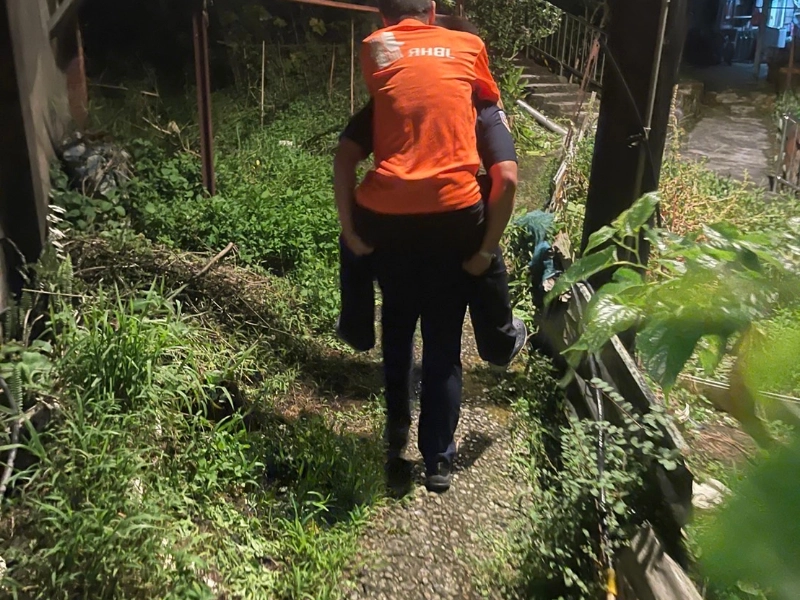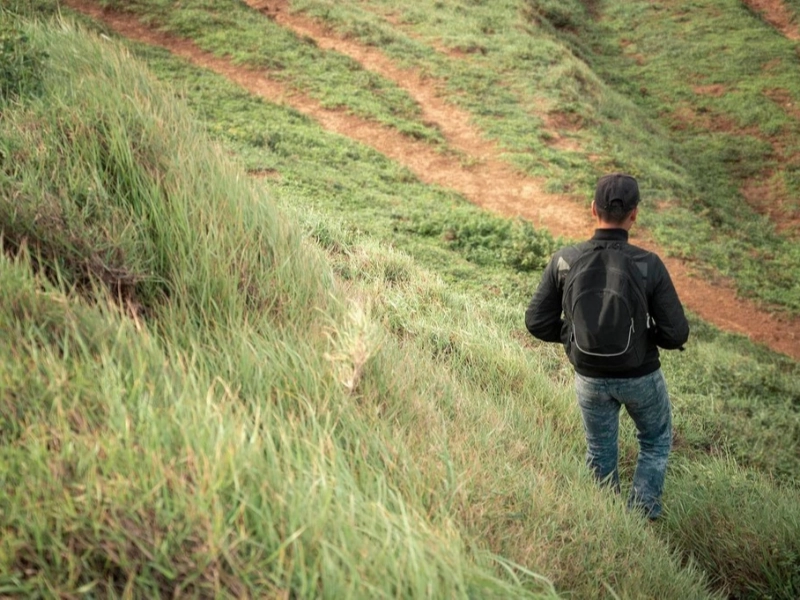Does Downhill Mean Easy?
The expression "downhill" might indicate that things are going to get easier or that they are about to get worse. Everything is based on the situation. When someone says, "It's all downhill from here," knowing the two meanings will help you choose which one to employ. To find out more, continue reading.
It strains your body much more.

It strains your intellect much more.
 For many runners, running downhill can also be more mentally taxing. This is particularly true on technical descents, where you can feel every step you take smacking the pavement. Lowering the tension of the downward motion can be achieved by maintaining a steady tempo, concentrating on a smooth landing with each step, and avoiding overexertion.
The innate tendency to lean back and slow down can also be a hindrance to running efficiently downhill. This may result in a hard landing and raise the possibility of getting hurt. Rather, Green advises a tiny forward lean, which at first may seem weird and even a bit frightening but will enable you to sprint downhill more quickly.
Furthermore, jogging downhill puts a lot of strain on the quadriceps. Imagine running at the speed of a massive stone that is descending on you from above. It's critical to exercise properly because this harmful activity has the potential to harm muscles.
For many runners, running downhill can also be more mentally taxing. This is particularly true on technical descents, where you can feel every step you take smacking the pavement. Lowering the tension of the downward motion can be achieved by maintaining a steady tempo, concentrating on a smooth landing with each step, and avoiding overexertion.
The innate tendency to lean back and slow down can also be a hindrance to running efficiently downhill. This may result in a hard landing and raise the possibility of getting hurt. Rather, Green advises a tiny forward lean, which at first may seem weird and even a bit frightening but will enable you to sprint downhill more quickly.
Furthermore, jogging downhill puts a lot of strain on the quadriceps. Imagine running at the speed of a massive stone that is descending on you from above. It's critical to exercise properly because this harmful activity has the potential to harm muscles.
It really strains your ears.
 The type of mountain biking where riders compete on trails with sharp drops and jumps is known as downhill. It calls for a unique combination of abilities and tools, such as mountain bikes with hydraulic brakes and front and rear suspension. Amateur downhill races are organized all over the world, and the sport is played at bike parks that accommodate a range of skill levels and have lifts for rider access.
Downhill racing is not only enjoyable but also beneficial to runners in many ways, especially since it can strengthen the quadriceps through eccentric muscle contractions. However, if the technique is subpar, it can also lead to injury.
You must routinely train on it if you want to be proficient at racing downhill. This can be as simple as putting in a few point-to-point running sessions with some paced descents instead of ramping up the treadmill's incline or blasting down hill repeats on your weekly long runs.
The type of mountain biking where riders compete on trails with sharp drops and jumps is known as downhill. It calls for a unique combination of abilities and tools, such as mountain bikes with hydraulic brakes and front and rear suspension. Amateur downhill races are organized all over the world, and the sport is played at bike parks that accommodate a range of skill levels and have lifts for rider access.
Downhill racing is not only enjoyable but also beneficial to runners in many ways, especially since it can strengthen the quadriceps through eccentric muscle contractions. However, if the technique is subpar, it can also lead to injury.
You must routinely train on it if you want to be proficient at racing downhill. This can be as simple as putting in a few point-to-point running sessions with some paced descents instead of ramping up the treadmill's incline or blasting down hill repeats on your weekly long runs.
On your knees, it's much more difficult.
 There's a reason why fell runners frequently run downhill: they can quickly roll over their feet to absorb the energy that comes with flying down hills rather than level terrain. Still, most people find running downhill to be extremely taxing on their knees.
The reason for this is that in order to prevent falling, the knee joint must exert a lot of power against gravity. This raises the chance of pain and damage and puts a lot more strain on the knee muscles, particularly the quadriceps (thigh muscles).
Try to avoid walking downhill as much as possible, and if you must, practice on a very mild incline. By doing this, you will be able to strengthen the muscles in your ankle, foot, and knee, which will help you manage uneven ground and lessen the strain on your knees. In order to prevent overstriding or leaning too far forward, which will put more strain on your knee joints, you can also practice proper jogging form.
There's a reason why fell runners frequently run downhill: they can quickly roll over their feet to absorb the energy that comes with flying down hills rather than level terrain. Still, most people find running downhill to be extremely taxing on their knees.
The reason for this is that in order to prevent falling, the knee joint must exert a lot of power against gravity. This raises the chance of pain and damage and puts a lot more strain on the knee muscles, particularly the quadriceps (thigh muscles).
Try to avoid walking downhill as much as possible, and if you must, practice on a very mild incline. By doing this, you will be able to strengthen the muscles in your ankle, foot, and knee, which will help you manage uneven ground and lessen the strain on your knees. In order to prevent overstriding or leaning too far forward, which will put more strain on your knee joints, you can also practice proper jogging form.








